Growing grapes is an excellent way to add perennial fruit to your landscape. But even better, it can let you enjoy everything from jams, jellies and juice, to to trying your hand at making homemade wine as well!
Grapevines, depending on their size at planting, can take a few years to establish themselves. But when they do, they will produce heavy yields from their vines for decades to come.

Grapes are not difficult to grow, especially when you select varieties that are best suited for your soil and growing conditions.
Beyond that, success boils down to starting plants off right when planting, and providing the proper long term support and care for vines.
How To Grow & Maintain Grapes In The Home Landscape
Growing Grapes – Selecting The Right Variety To Plant
Selecting what grape variety to grow starts with knowing what you want from your crop. Are you looking for table grapes to eat? Or perhaps grapes for making jam, jellies, juice or wine?
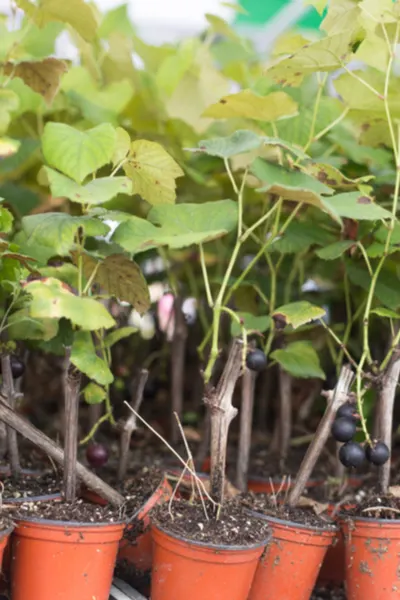
There are 2 main styles of grapes, table grapes, and wine or juice grapes. Within these 2 general silos, there are hundreds of variations. But to simplify, most can be boiled down to being either European, or American grape varieties.
European varieties are more well-known for wine making, although there are certainly table grapes within the many choices.
American vs. European Style Grapes
American varieties such as Concord and Mars are sweeter types, and excellent choices for both eating and making juice, jellies and jams.
In addition, these two varieties tend to handle cold winters much better than European varieties. As for wine making, there have been many new hybrids and varieties among both sides of the pond that work well.
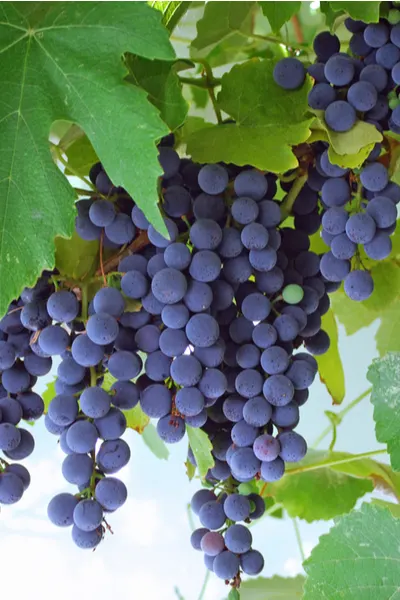
The most important task of all for successful planting is selecting a grape variety that handles your climate and soil conditions well. (We have included at then end of the article a selection of some of the more common grape varieties planted, along with their growing zone range as well.)
Growing Grapes – When And How To Plant
All grapes need sun to grow well. For starters, select a location that is either full sun, or as close to full sun as possible.
Locations that receive at least morning and afternoon sun are the best. It not only helps to ripen crops, but also helps dry vines and prevent mildew.
When to plant depends on how your grapes arrive to you – bare root and dormant, or rooted and budding. Bare root grape vines need to be planted as soon as ground can be worked in the early spring.

These vines are dormant, and will warm up and spring to life as the temperatures warm. Because they are dormant, they are not affected by early or late spring frosts or freezes.
If, however, you have purchased flowering plants, or bare root plants that are already flowering, you need to wait until the threat of hard frost in your area is over to plant.
The Planting Process
Grapes are a perennial, meaning the soil needs to be prepared for years of future growth. It is vital to amend the soil at planting time to provide both long-term nutrients, and good drainage. Compost is by far the best way to accomplish this. See: How To Make Great Compost
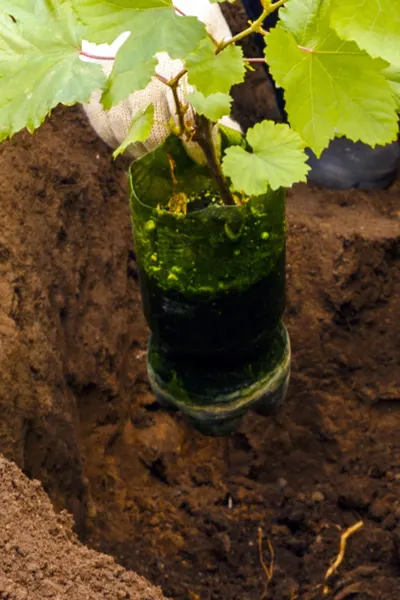
For each plant or bare root, dig holes 12″ in depth and diameter. Fill the bottom of each hole with a few inches of an equal mixture of soil and compost. Next, set the roots of the grape vine down into the hole.
The top soil level of the plant or the crown of the bare root should be planted 1/4″ to 1/2 inch below the new soil line. This keeps the crown well protected as the grapes begin growing.
At this point, water the roots well in the planting hole. Finish by filling the hole with a 50/50 mix of soil and compost. Do not tamp down on the soil, as this will compact the roots.
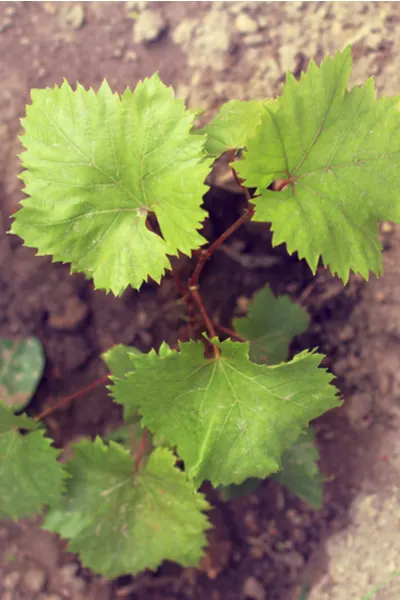
Grape plants are susceptible to rot, especially when young and tender. Leaving the soil loose helps to provide circulation and drainage early on. If you pack the soil too tightly, the roots simple can’t breathe.
The soil may sink over the following month around the plant, simply add more as it does to level up to the soil line.
Growing Grapes – Supporting Your Crop Long Term
Grape plants need support, both to keep vines protected, and to keep fruit off the ground. Depending on how many plants you will grow, everything from a simple trellis to a few lines of wire attached to poles can work.
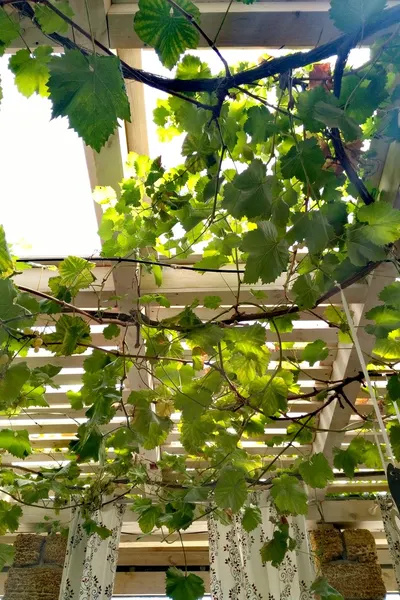
Grapes can also be grown to cover a fence, or to fill the top of an arbor or pergola.
Plants should be spaced 6 to 10′ apart when growing in long rows. For planting on a trellis or around a structure, plant vines on the corners out of direct foot traffic.
No matter where you plant, remember that birds are very fond of grapes as well. As the crop begins to mature, it is a good idea to have netting on hand for protection.
Long Term Care
During the first year of growth, all grapes that form on vines should be removed from the plant. This allows all of the power of the plant to go towards growing strong stems and roots.
One of the most important tasks when growing grapes is long-term pruning. Pruning vines is important to keep plants healthy and productive. Pruning should be performed in early spring when plants are still dormant.
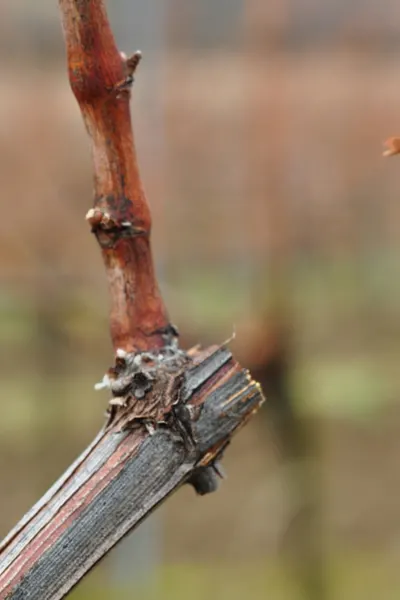
Grapes form only on new shoots from the main canes, so prune back old growth to the main canes.
For most new grape plantings, the first two to three years will require minimal pruning. As plants mature, more old growth will need to be removed in subsequent years.
Here is a look at some of the more popular varieties to grow:
TOP GRAPE VARIETY LINKS
Concord Grape Vines – Growing Zones 5 through 9 ( Good for juice, jellies and jams)
Mars Grape Vines – Growing Zones 6 through 10 ( Good for juice, jellies and jams and fresh eating)
Zinfandel Grape Vines – Growing Zones 6 through 10 ( Good for wine and juice)
Black Spanish Wine Grape Vines – Growing Zones 6 through 10 ( wine grape)
Here is to growing grapes in your landscape – and creating a great source of perennial fruit!

This Is My Garden is a website dedicated to spreading the love and knowledge of gardening around the world. We publish two new garden articles each week. This article may contain affiliate links.
